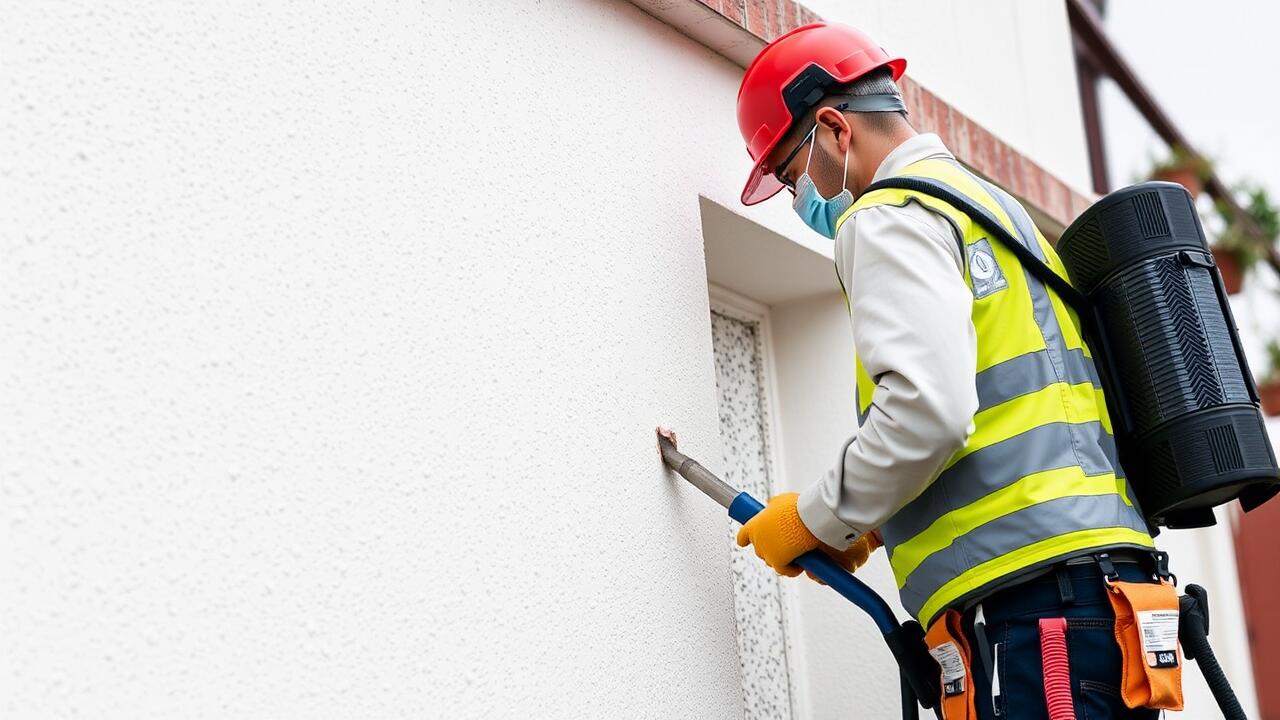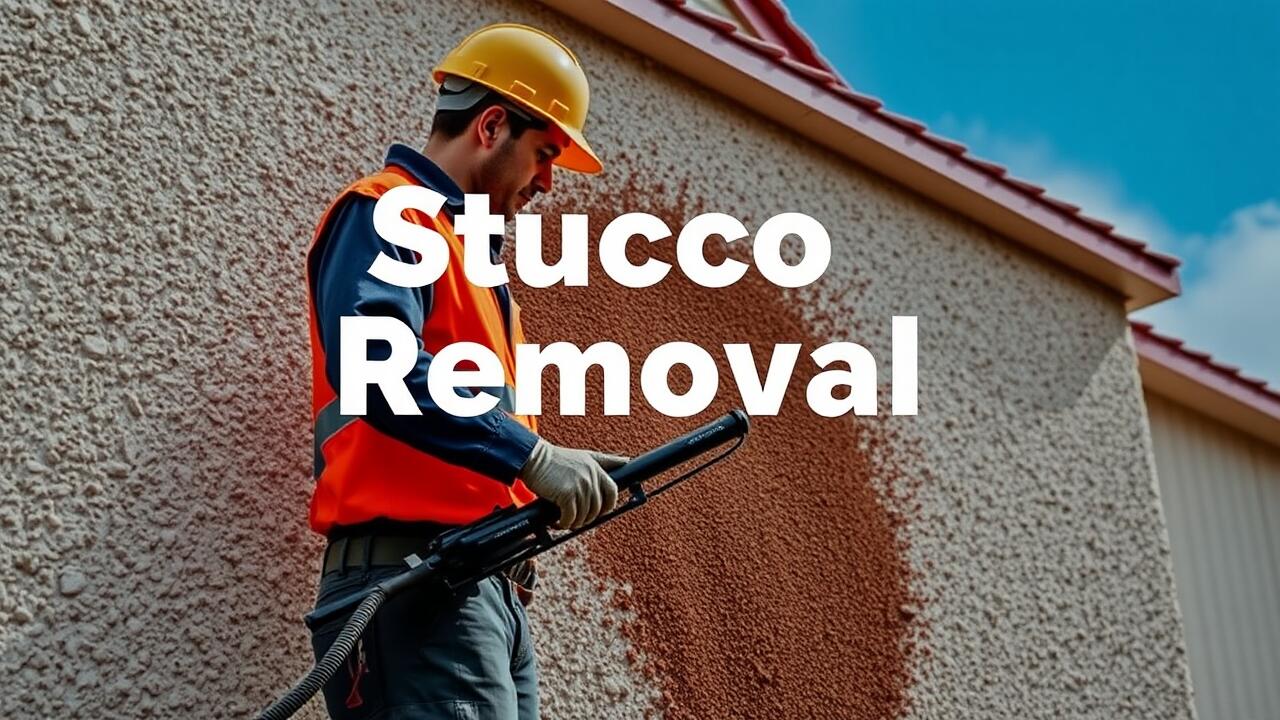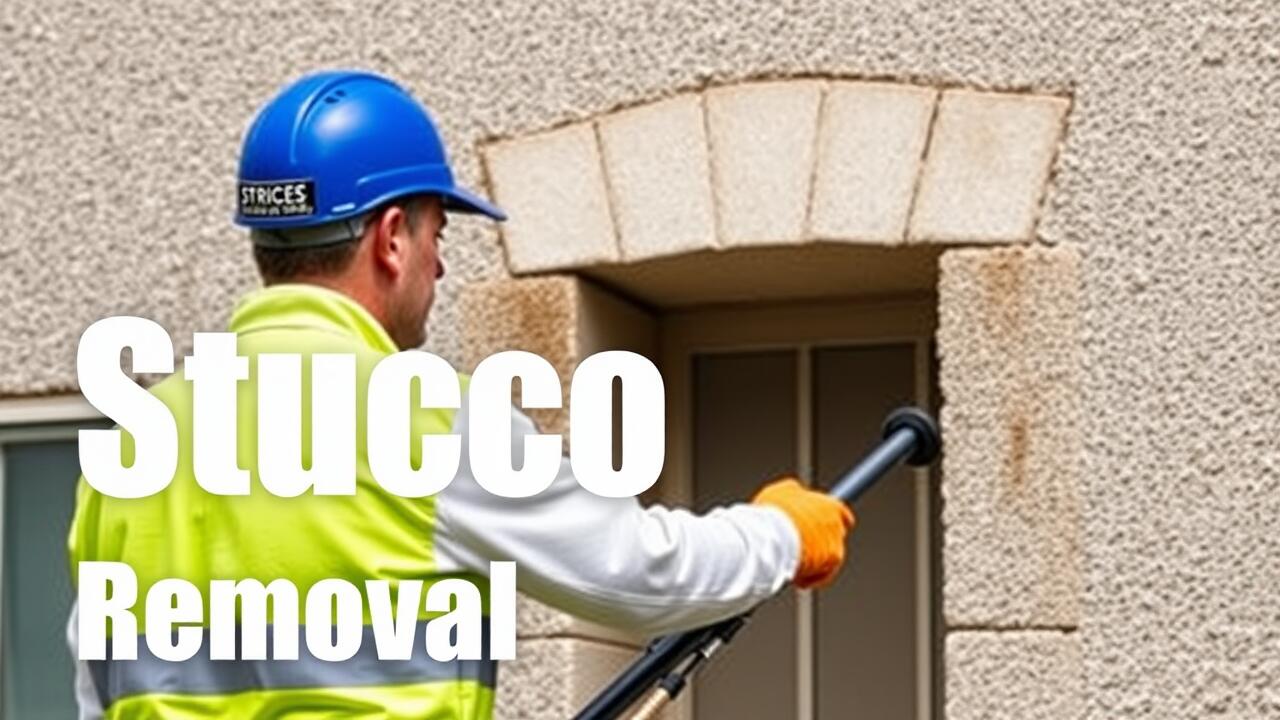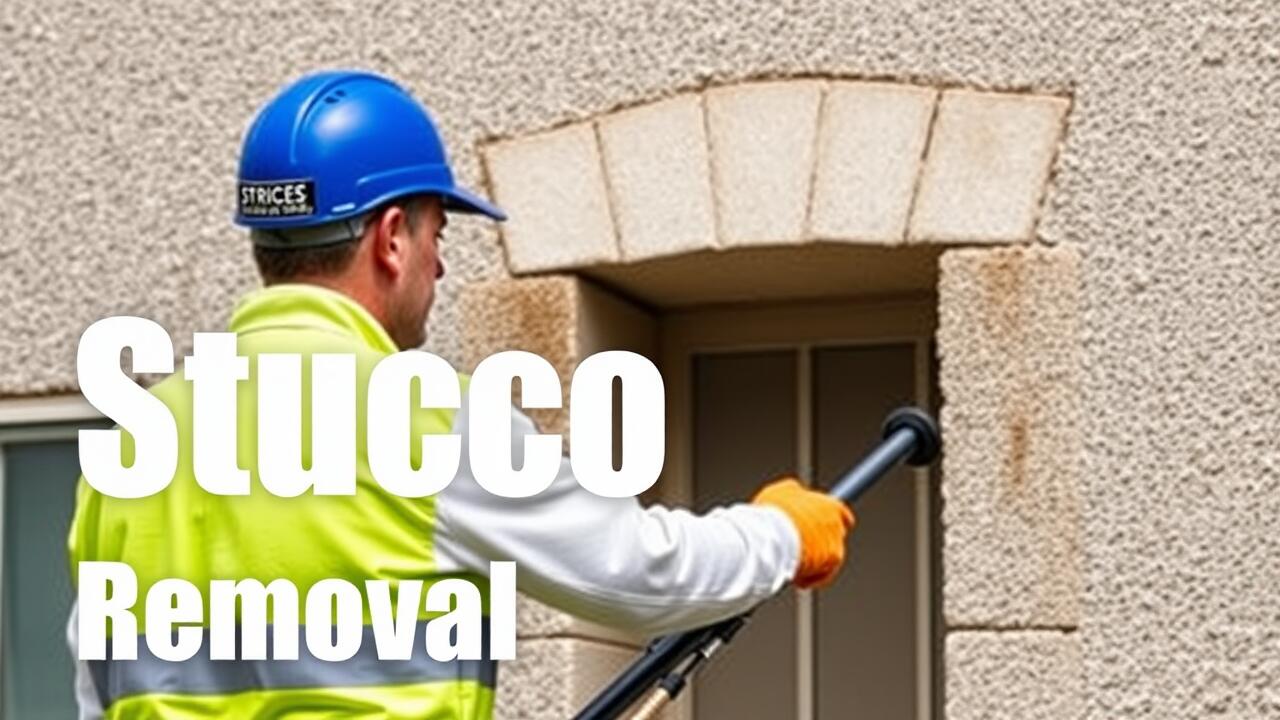
Step-by-Step Guide to Chemical Removal
When considering the chemical removal of stucco from brick surfaces, it is essential to select the appropriate chemical agent. Products specifically designed to dissolve stucco can vary in strength, so it's crucial to read labels and safety data sheets. Common options include muriatic acid and commercial stucco removers, which can effectively break down the material. Always wear protective gear, including gloves, goggles, and a respirator, to ensure safety during the application process.
Begin by wetting the brick surface with water, which helps to protect the masonry from potential damage. Apply the chemical agent in small sections, allowing it to penetrate the stucco for several minutes. Use a scrub brush to agitate the dissolved material, followed by rinsing with water to wash away loosened stucco. Areas like Boyle Heights, Los Angeles often showcase homes with stucco applications, making this process common for those looking to restore their brickwork to its original condition.
How to Apply and Neutralize Chemicals Safely
When applying chemicals for stucco removal, it is crucial to wear appropriate personal protective equipment, including gloves, goggles, and a mask, to protect against harmful fumes and skin contact. Ensure the work area is well-ventilated by opening windows or using fans to disperse fumes. Depending on the chemical you choose, follow the manufacturer's instructions carefully for mixing and applying the solution to the stucco surface. A spray bottle or brush can be used for even distribution, but avoid over-saturation, which can lead to unnecessary damage to the underlying brick.
Neutralizing the chemical after the stucco has been softened is just as important as the application process. Use a mixture of water and a neutralizing agent recommended by the product's manufacturer. Apply this mixture thoroughly over the treated area to halt the chemical reaction and protect the brick. Rinse the surface with clean water after neutralization to ensure all residues are washed away. For those seeking professional assistance, services such as Watts, Los Angeles Stucco Removal can effectively manage both application and neutralization processes while ensuring a safe environment.
Post-Removal Cleaning and Repair
After successfully removing the stucco, it's essential to clean the brick surfaces thoroughly. This process begins with rinsing off any remaining chemical residues and loose debris. Use a pressure washer to carefully eliminate stubborn particles while avoiding damage to the bricks. If necessary, employ a soft-bristle brush to gently scrub areas where the stucco lingered. This step ensures that the brick is prepared for any future treatments or repairs.
Once the cleaning is complete, inspect the brick for any damage that may have occurred during the stucco removal process. Repair any cracks or missing mortar using appropriate materials that match the existing brick. Filling in these imperfections helps prevent moisture infiltration, which can lead to further deterioration. Professionals like Watts, Los Angeles Stucco Removal can provide valuable assistance and expertise in restoring the brick surface effectively. Proper post-removal cleaning and repair will significantly enhance the longevity and appearance of the brick.
Restoring the Brick Surface After Stucco Removal
After removing stucco from brick surfaces, restoring the bricks to their original condition is essential. Begin by inspecting the brick for any damage or gaps that may have been concealed by the stucco. Cleaning the surface with a soft-bristle brush and mild detergent helps remove residual chemicals and debris. In cases where the brick has suffered from moisture damage, it may be necessary to replace any severely damaged bricks to ensure structural integrity.
Once the surface is clean, consider applying a sealant to protect the bricks from future wear and tear. This step can help prevent moisture penetration and minimize maintenance needs. If you need professional assistance with the restoration process, Watts, Los Angeles Stucco Removal offers expert services to help restore your brick surfaces effectively and efficiently, ensuring they look their best.
Preventing Future Issues
Proper maintenance of brick surfaces is essential to prevent issues related to stucco buildup. Regular inspections help identify cracks or damage that may allow moisture to seep in. Addressing small problems before they escalate can save time and expenses in the long run. Additionally, ensuring adequate drainage around brick structures helps keep water away, reducing the risk of moisture-related issues.
When considering stucco application in the future, consulting with professionals like Watts, Los Angeles Stucco Removal can provide valuable insights. They can recommend the best practices for installation and maintenance that align with your specific environment. Keeping surfaces clean and free from debris also plays a role in extending the life of your brickwork. Regular cleaning and periodic sealing may enhance durability and appearance, minimizing the chances of future complications.
Tips for Maintaining Brick Surfaces
Regular maintenance is essential to preserving the appearance and integrity of brick surfaces. Begin by inspecting your brickwork for any signs of damage or deterioration. Address minor cracks or loose bricks promptly to prevent moisture infiltration, which can lead to more extensive problems. Cleaning the bricks periodically with water and a mild detergent can help remove dirt and prevent staining. Avoid using harsh chemicals that could degrade the mortar or the bricks themselves.
Consider applying a breathable sealant to protect the bricks from moisture and weathering. This can enhance the brick's appearance while providing a barrier against environmental damage. When maintaining brick surfaces, it is beneficial to consult professionals like Watts, Los Angeles Stucco Removal. Their expertise can guide homeowners in using the right products and techniques for effective upkeep.
FAQS
What tools do I need to remove stucco from brick surfaces?
You'll need a chemical remover, protective gear (gloves, goggles, mask), a pressure washer or scrub brush, a putty knife, and a neutralizing solution.
Is it safe to use chemical removers on brick?
Yes, if used correctly and with proper safety precautions. Always follow the manufacturer’s instructions and ensure you are in a well-ventilated area while wearing protective equipment.
How long does the stucco removal process take?
The time it takes can vary depending on the size of the area and the adherence of the stucco, but most projects can be completed within a day or two.
What should I do if the brick surface is damaged after stucco removal?
You can repair the brick surface using a brick repair mortar or patching compound. It's advisable to clean the area thoroughly and allow it to dry before applying any repair materials.
How can I prevent stucco from being applied again in the future?
Regular maintenance is key. Ensure that the brick surface is properly sealed and check for moisture issues. It's also important to address any structural problems that may lead to stucco application.


